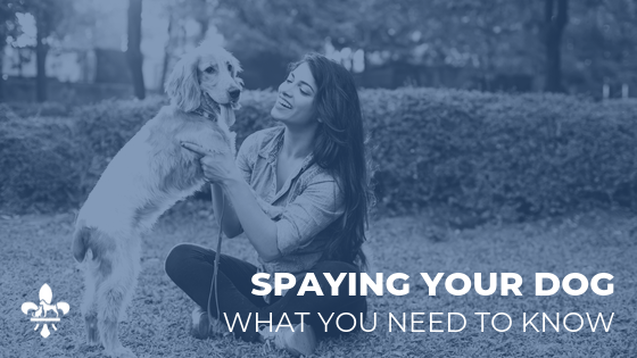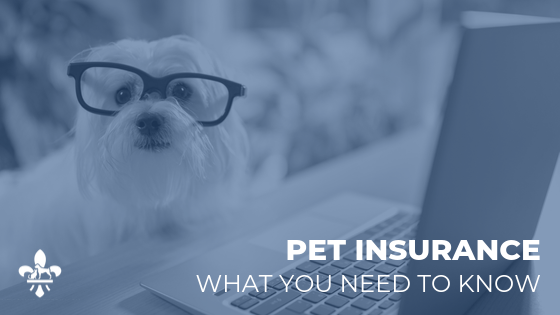|
Pet insurance options and coverage has improved drastically over the past few years. The decision to enroll in pet insurance is up to the pet owner, and can be very personal depending on desired coverage and budget.
We strongly recommend pet insurance especially for high-maintenance breeds like pugs, English bulldogs, cocker spaniels, and very large breeds. When considering pet insurance, it’s important to determine if your coverage is for simply treating problems when they arise or if it also offers preventative care coverage (like prophylactic dental cleanings and blood work screenings). You should be aware of reimbursement vs direct payment options, what the claim process entails, and what deductibles are a part of your pet’s plan. Trusted insurance companies are Trupanion, Nationwide and Embrace. Trupanion has extended a special free 30 days for our new puppies, and we will email you with an enrollment certificate after your first visit. If you have questions about pet insurance, please let us know!
2 Comments
 What is an ovariohysterectomy (spay)? Ovariohysterectomy (spay) is a surgical procedure where a veterinarian removes the ovaries and uterus, resulting in sterilization. Should I elect for an ovariohysterectomy on my dog? The veterinarians at City Paws Veterinary recommend spaying all female dogs. There are several benefits to the procedure – medical, behavioral and for society. Medically it reduces the risk of mammary, uterine, and ovarian cancer, decreases the risk of a life-threatening uterus infections (pyometra), and prevents heat (estrus) cycles. Sterilized (spayed) females live longer lives than unaltered females. Behaviorally it decreases the impulse to escape and find a mate and decreases the risk of having an anxious dog. Altering a dog significantly helps with pet population, decreasing the number of dogs roaming the streets without proper care or homes. Risks and Side Effects Our recommendation at City Paws Veterinary Clinic is to spay your female dog because the benefits of ovariohysterectomy greatly outweigh the risks associated with the procedure. Risks include:
How is the procedure performed? Your dog will be dropped off the morning of the procedure, fasting for a minimum of 8 hours. The veterinarian performing the procedure will examine your dog and evaluate their pre-anesthetic blood panel. If everything is normal, your dog will receive an injection (pre-anesthetic) that makes them sleepy and helps with pain. We will place an intravenous catheter, so we can administer fluids during the procedure and have an open port for emergency medication if needed. A breathing tube will then be placed to protect her airway and allow for anesthetic gas and oxygen to be administered during the procedure. The surgery consists of making a small incision into the abdominal wall and then the veterinarian will remove the uterus and both ovaries. Your dog may have a few skin stitches or absorbable stitches depending on what the veterinarian believes is best for her. The veterinary technician will then monitor the patient as they wake up and remove the air tube when appropriate. We keep your pet in the treatment area to make sure they are monitored for the remainder of the day while they are here. We allow our patients to go home the same day, so they can be monitored overnight and be in the comfort of their own environment. Post-operative Care The hardest part of recovery is trying to keep your dog calm for the 10-14 after the procedure. They will be sent home with either a collar or shirt to prevent them from reaching the surgical site and causing trauma to the area. They will also be sent home with pain medication. There should be no running, jumping, stairs, swimming, and bathing during recovery time. They should only be allowed outdoors on a leash and no long walks. |



 RSS Feed
RSS Feed